I take the horror genre overall as reaching its modern form with Bram Stoker’s Dracula, just over a hundred years ago. The horror movies seen by the generation of my grandparents and parents held to this same form. The form places a small group of people in the path of some supernatural horror, which in many cases has a sympathetic element as the monstrous threat is often personalized to reflect a more primal human state. Looking at Dracula, he is, in a sense, a super masculine threat to a man and two women. This man and a small group of companions attempt to defend the women. They fail in saving the first woman but succeed in saving the second, although one of their number is killed. There is still an element of the heroic in this character’s death, also in the battling against the monstrous, and the sense of heroism is even granted the monster who was battling the entire world.
This last element, the heroic monster, has gained increasing traction with the viewing public as society has increased in size and scale, magnifying the individual’s sense of alienation. This got to the point in the early 1980s that monstrous horror became a type of fantasy literature, spawning fantasy movies in which the viewer identifies with protagonists who are themselves monsters, vampires and werewolves predominantly. This is essentially no longer horror but fantasy, as the viewer identifies with unthinkably powerful beings who literally feed on the greater part of humanity which is reduced to a herd.
So what has happened to the horrific element, and how has it been treated in films, particularly those directed at a youthful audience? In fantasy films, we get one element of the moral degradation of the hero by sketching them in the form of the monster which feeds on the people that the traditional hero was supposed to represent and defend. Heroes, as they were primally understood, no longer exist, having been replaced by super heroes. Though it’s beyond the scope of this article, this writer believes that the super hero genre was conceived in order to eradicate the idea of the hero, of placing the hero in godlike and monstrous form, where previously heroism was within the reach of every man. In ancient epics, the hero rose from among men to challenge the petty gods and their monsters. Super heroes and super hero villains have very little in common with the ancient hero but with the petty gods with their narrow powers and their monstrous pets.
This leaves us with the modern horror story of the slasher variety, which is entirely bereft of the supernatural and of the heroic, and is reduced to a sadistic hunt. Let us examine the standard tropes in this end time genre:
- The protagonists are urban/suburban youths.
- The setting is rural.
- The killers or the monster are exclusively male.
- They are always Caucasian men.
- The protagonists continually act against their own self-interest and survival, which empowers the viewer. The endearing aspect of this genre is that viewers will yell warnings at the stupidly acting protagonist who is about to meet a grim fate.
- Victims who die early, representing the iniquitous price paid for the bad course charted by the group, traditionally come in three varieties: slut, jock and a person of color.
- Masculine resistance, initiative and intervention by or on behalf of the victims always clearly fails. A classic example of this, combining tropes 6 and 7, is from the movie, The Shining, in which the black clairvoyant adult played by Scatman Crothers who is coming to save the boy clairvoyant from the evil white father is immediately butchered upon entering the hotel. Black characters in general are cast as victims, are in the minority, and are killed in a way reflecting the hopeless condition of their kind in general. This has recently changed and will be discussed toward the end of this essay.
- The primary target of the monster is a virtuous white woman [sometimes a precociously moral child], who, crucially is not believed by her husband or male love interest when she realizes she is being hunted.
- The survivor of such a story is either a child or a young woman who did not have sex during the course of the story.
- Any hero-type actions that are successful will be committed by this escaping, non-masculine victim of innocence.
The changing point for the status of the lone black victim in these predominantly Caucasian herds of victims was in the unique, heroic horror movie, Deep Blue Sea. In this late 1990s movie, an evil female scientist uses a heroic white man as a tool in her breeding of super sharks. When the sharks predictably turn on their makers, the heroics of the man work, and the evil woman is killed by her monster. There is also an endearing scene when the cook in the experimental aquarium, a black character played by L.L. Cool J is wading through his flooded kitchen and just as the reader expects him to be devoured by a shark, he says to himself something to the effect that he was in a bad spot, because in a movie, this is where the black guy always gets killed. At this point the story diverts from the standard horror narrative and could be classified as a type of heroic science fiction. Another notable example of this type of heroic science fiction with many heroic masculine elements, made in the same period in the early 2000s is Pitch Black, which become the starting point for a cycle about a primally masculine hero struggling against an evil system.
The movies just discussed above with the science fiction angle and a heroic element might be seen as reactionary films, just as the slasher genre typified by the Halloween and Friday the Thirteenth series had become impotent to the point where the audiences were cheering on the villain. Since that time, there has been a serious effort to remake some of these films based on more realistic understanding of psychopathic killers with more sympathetic victims and more well-rounded monstrous white men. To bring us up to date, I’d like to discuss two movies that I recently watched, which are targeted to a youthful audience in such a way as to maximize appeal among white female and black viewers.
Hush is a film about a deaf woman who writes novels alone in a prodigiously windowed cottage in the middle of the woods. She is estranged from the big city and her black ex-boyfriend, a distant hunk who remains improbably supportive of her writing career. She and her neighbors, a traditional couple, attractive woman and very masculine, handsome white man, come under attack by a white male psychopath. This pretty much tells you all you need to know about the movie. The he-man, next door neighbor, will be butchered by the geek with the knife, who is hunting the women, and the primary female victim becomes a gritty heroine slaying her hunter, with the underlying moral of the story being that she should not have left her black boyfriend in the city. The movie ends with police cars coming out of the city to save her: rural bad, city good; white man bad, black man good.
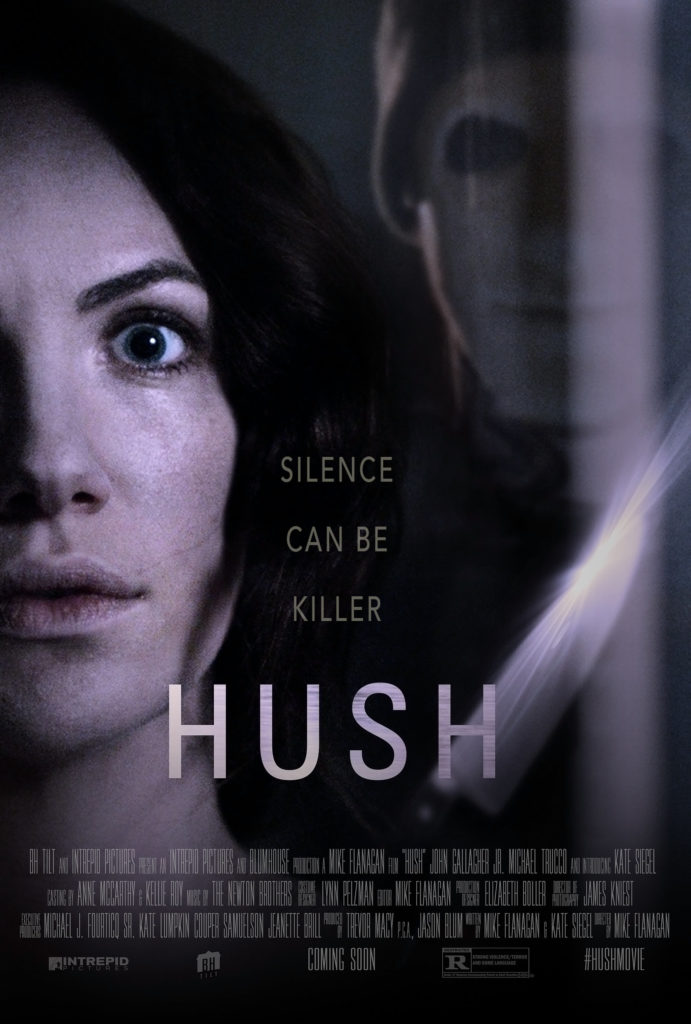
The next movie, The Watcher, features the only type of married couple that Hollywood wants to promote these days, a white woman and a black man, who move into a house that appears to be haunted. The previous owners of the house were an elderly Asian couple, victimized by the ghost. The real estate agent who heartlessly sold the haunted house is a white woman. The creepy neighbors consist of a nosy white woman and her retarded teenage son. The good neighbors are black: a well-heeled strong woman with a husband who is a Hollywood stunt man. The entire police department consists of females and black men. There is not an adult Caucasian male in the movie. Unlike the ineffectual Caucasian man of the traditional slasher flick, the black men believe the woman is under threat and are able to defeat the evil that threatens the white wife. Up until the final scene, they think that this evil is the nosy white woman next door. But in the final scene, just after they adopt the poor retarded son of the nosy white woman, it is revealed that he is the psychopathic killer and terrorizer of women–suddenly shedding his boyish handicap and turning into a towering monster of a man. The moral of the story is that white people are either crazy or evil. That’s it.
To review the horror genre, with few exceptions, horror from the age of silent film in the 1920s and up through the early 1960s was infused with heroic elements, generally placing a virtuous woman in danger. Danger she cannot defeat on her own.
Ignoring the branching fantasy genre typified by romanticizing the monster, essentially founded by Interview with a Vampire by Anne Rice, and the branching into Science-Fiction horror tales, beginning with Aliens [featuring a strong female protagonist, but also masculine heroism], remaining horror has tended to the gross slasher flicks discussed above and of more mature supernatural horror stories which follow the satanic threat complex, which eradicates heroism without targeting rural white men as the ultimate evil.
Overall, since the cultural revolution of the 1960s, horror films in general have stridently attacked the notion of heroic action as impossible and even childish.
Secondarily, since the 1960s, villains in non-supernatural horror have all been rural white men. Even the location of many supernatural horror tales ends up being rural.
The tertiary message of horror films, that the man will not support the woman in times of crisis, seems to be the solid third runner, until very recently, with the reintroduction of heroics in the form of the female victim and her black man, who is properly submissive to the fears of his white wife, rather than dismissive. The addition of these last themes strike one as overly contrived and may ultimately occupy a passing fad or niche in the genre. Will these themes of black masculine virtue expand, resurrecting the dead hero in limited guise?
What is of most interest to this reader is the obliteration of the idea of the hero, especially when taken together with the civic neo-paganism of the wildly popular superhero genre.
But returning to the horror genre itself, of that narrow classification of film that focuses solely on the horrific actions of men, heroism might be viewed as a necessary casualty in the process of scaring the viewer in his/her seat. For the introduction of a single competent man with a handgun would shatter the fragile story line, built as it is on bad decisions.
What then, is the main thrust of slasher-variety horror fiction?
It is quite obviously the same theme that one sees in such iconic films as Deliverance, Forest Gump, The Green Mile, in the Denzel Washington films, Man on Fire, Safe House, and The Equalizer, in the little known 70s film, Southern Comfort, in the classic and remake versions of The Hills Have Eyes, Texas Chainsaw Massacre, and Halloween movies and in the entire crop of recent Rob Zombie films such as The Devil’s Rejects, and even in the quirky Secret Window, that white men are evil, an incredibly lethal strain of humanity. However, taking the broad overview, it is obvious that the most evil white man is the rural one, who owns a gun and lives in hills or words. Failing that, he’s an Eastern European white man.
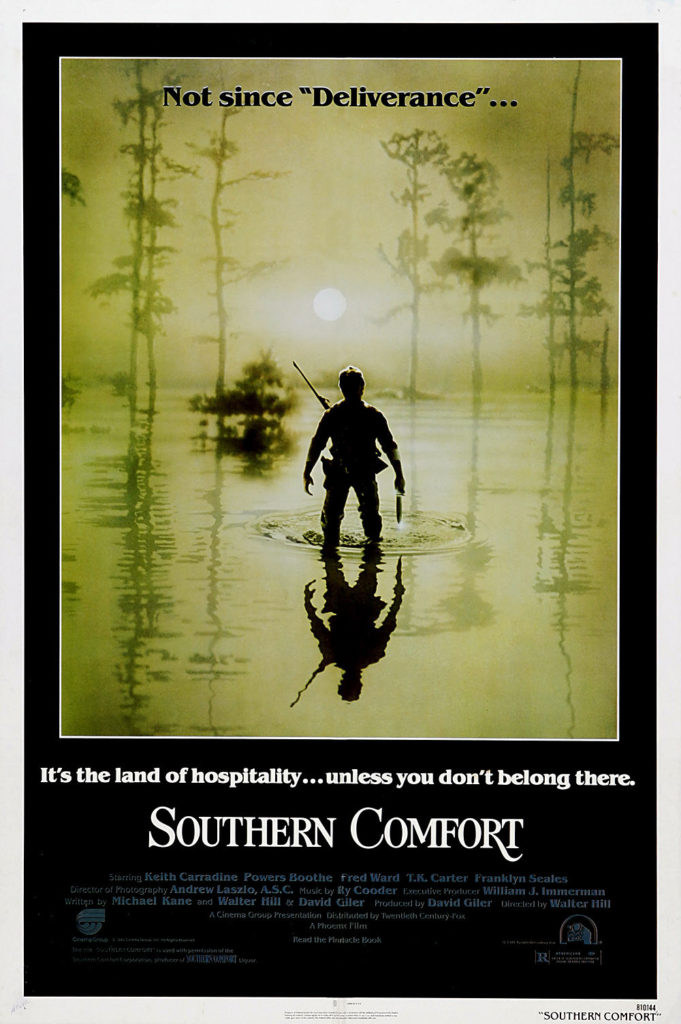
[Since the late 1980s, action films have featured Eastern European bad guys in profusion. In a recent viewing of an FBI action TV show called Numbers, in five episodes there was not a single person of color or female among the swarming army of white male villains, though black heroes did fight alongside conflicted white agents against them. Police dramas are not generally set in rural locales, but feature an overwhelming preponderance of white male criminals, in the very urban settings that are in fact dominated by criminals of color.]
The connection between evil, the white man and the rural setting is so strong in the horror genre, that its premier author Stephen King [advertisements for King’s books and stories about his work dominate and literally keep afloat no less than two horror magazines] has penned two novels about a white male writer seeking solitude in the remote countryside, with this isolation from the city turning him into a vehicle for evil, in both cases attacking his own family.
Upon consideration of the cinematic weight—even in comedy with films such as City Slickers—that equates rural white men with evil, and realizing that all of the filmmakers and actors involved are suburban or urban persons, we see a vast prejudice. For everyone in America knows that all of the most violent and deadly environments are cities and their sprawling suburbs, in which the vast majority of violence is committed by people of color. Yet films across a variety of genres depict urban environments as safe havens, people of color as so virtuous and non-violent as to render these characters non-interesting, and depict rural white men as prodigious killers, with the rural enclaves, that in actual fact see almost no murder, appearing in movies as virtual slaughter zones for trophy killing.
Could it be, that somewhere deep in the elite, urban American soul, that there remains a cultural memory that when the white slaves brought to this country in chains to work plantations [1] that are now paved over by urban centers, that they escaped the slave matrix through either flight, hard work or insurrection and fled, gun in hand, to those very hills and forests that modern filmmakers have peopled with monsters for over a half century? Is the modern slasher flick nothing more than a retelling of the tale the slave master of old told his white and black slaves, that to leave the plantation was to cast off the fetters of security for the perils of the savage wilderness, peopled by predatory outcasts?
Notes
1. A plantation planted people to form a taxation and labor base for claiming possession in the name of the home country.

James is a full-time writer, part-time coach and part-time wage slave with an extensive history of brain trauma. Check out: http://www.jameslafond.com/

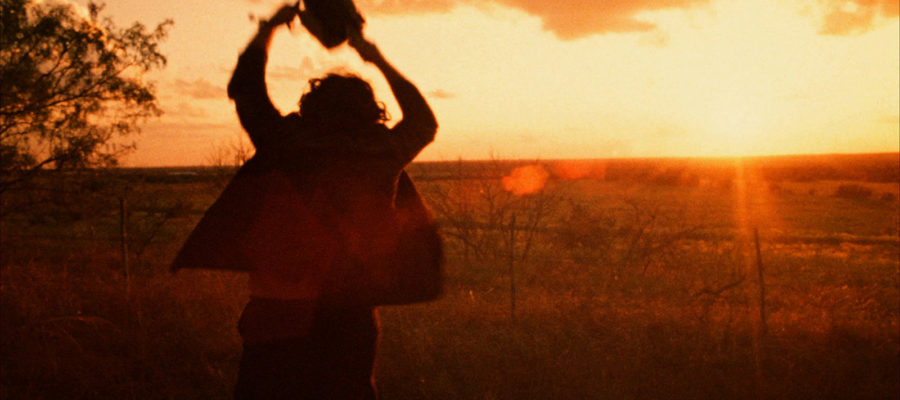
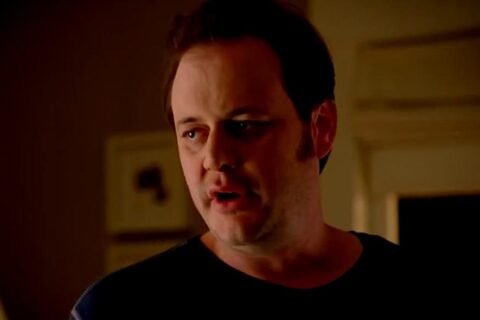
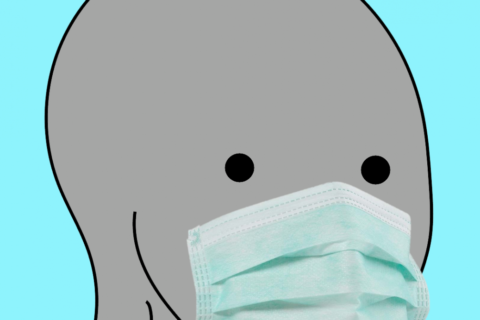
Interesting perspective, but I think maybe you read too much into the horror film formula. I’m sure modern leftists wish they had come up with such a devious plan to inspire fear and hatred against white men and rural settings. I think mostly the depictions of the slasher/killer/antagonist as a white man are based on nothing more sinister than the writer or director being a white man and the film being directed at a mainly white audience. I, myself, being a long time fan of the horror genre, have little interest in films where the main characters are black. It’s just not relatable to me. As far as the rural setting goes, I think the idea there is that people expect psychopaths and violence in big city settings. It’s much more unsettling when people find themselves in these type of situations outside of a big city. That’s the whole point. It’s just more scary. More often than not, most victims in these type of films, especially of the slasher variety, are portrayed as foolish city folk who are completely out of their element and who should know better, sort of like a revenge of the rural folk against the mindless urban invaders. That’s just my take, though.